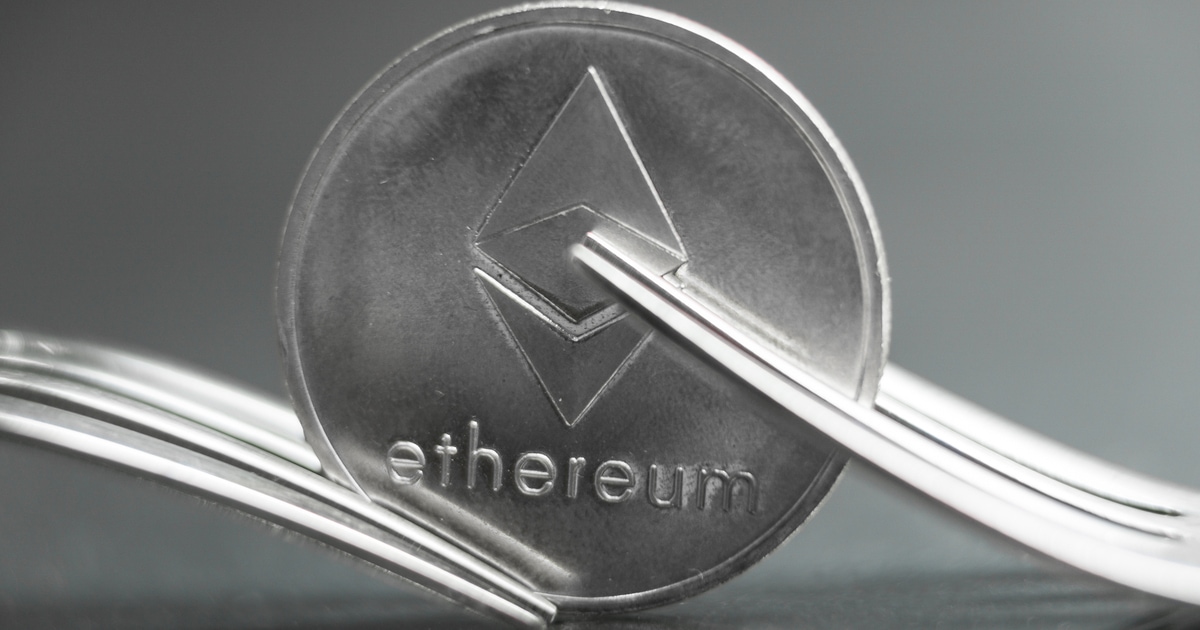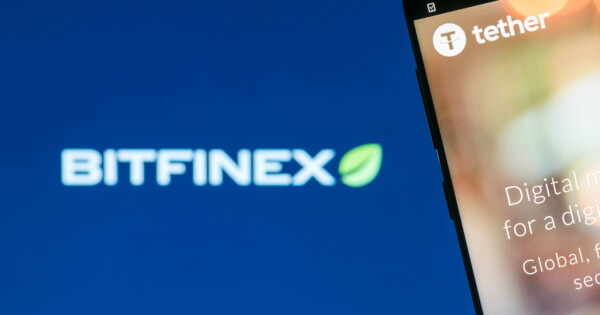You may have recently seen some of the unhealthy internecine drama engulfing the Bitcoiner “community,” notably around who is—and who is most certainly not—a “maximalist.”
A Bitcoin maximalist, in the broadest definition possible, is a person heavily invested in Bitcoin who believes Bitcoin is the only cryptocurrency that matters and all other cryptocurrencies are, if not scams, distractions from this one worthy, earth-shattering project.
The purpose of that project remains a subject of intense debate within the maximalist world: There are monetary theorists who believe Bitcoin’s natural “hardness” guarantees its future status as a global reserve currency; others who believe it should serve only as a buffer against government interference in money supply; others who regard the cypherpunk ideal of censorship-resistance as the killer use case and disparage other cryptocurrencies primarily because they rely on inferior security architecture.
It’s that first group, the hard money theorists—known as “toximaxis” because of their tendency to be aggressive on Twitter toward anyone who doesn’t share their views—who are currently in crisis.
Most recently they were haranguing a perceived former ally, the VC and essayist Nic Carter, after he revealed on Twitter that his fund, Castle Island Ventures, had invested in a company developing wallet-based login functionality that had nothing to do with Bitcoin. The maximalists fulminated at the apparent betrayal by a prominent supporter. Carter rejoined with a Medium post eulogizing maximalism as a “sickness,” then was seen jokingly fraternizing with a dreaded “no-coiner.” It was all very infantile and embarrassing.
diamond dust is doing great as is flipside
i unblocked you though because i'm basically a nocoiner now
— nic carter (@nic__carter) June 29, 2022
But it wasn’t the first time a prominent Bitcoiner—which Carter surely still is—has actively sought distance from a movement whose obsession with purity continually costs it the support of influential people who would otherwise be natural allies.
The group is forever alienating potential fellow travelers: Tweeters Udi Wertheimer and Hasu fled in disgust not long ago, and former Bitcoiner hero Nassim Taleb went so far as to bitterly retract his foreword from a foundational maximalist economic text.
Others have softened their rhetoric. Alex Adelman, the CEO of Bitcoin-only shopping rewards app Lolli, now calls himself a “Bitcoin optimist” and praised NFT culture at NFT NYC, and the previously zealous maxi Dan Held says he is a “Bitcoin mostamalist.”
That’s not to mention the string of Bitcoin pioneers who long ago went on to embrace a multi-denominational approach to cryptocurrencies, such as Erik Voorhees, Roger Ver, and Jesse Powell. And then there are the pragmatists, like Carter and Anthony Pompliano, who see alpha in egging on Bitcoin’s fanatical vanguard—until it turns against them.
There’s also a clear sense that the project of hard-money maximalism is cannibalizing itself, that there’s a rot among its core adherents. It’s notable that many in the core group itself, unable to resist an attractive market opportunity, have embraced projects that would have once scandalized the virtuous.
For instance, another former maximalist, Eric Wall, told me he left the movement when influential voices became “increasingly hostile” to his interest in Bitcoin layer 2 chains called “drivechains,” a way of exploring “altcoin functionalities” like smart contracts and decentralized exchanges via Bitcoin. Drivechain plans were eventually mothballed for recondite technical reasons, and Wall looked elsewhere.
“That’s how I grew out of maximalism,” he said. It was “the realization that the Bitcoin baselayer wasn’t going to power these interesting functionalities that we see on other chains, such as ZK proof technology for scalability and privacy for instance.”
The irony was that those same people, primarily employees of influential developer Blockstream, later rolled out Liquid, an Ethereum-style “sidechain” network enabling token sales and decentralized finance on the Bitcoin blockchain, just as Wall had hoped to see. When Ethereum was exploding last year Blockstream clearly wanted a piece of the action, marketing a series of NFT launches on the platform just as the NFT market started really fizzing.
Liquid hasn’t really taken off. The majority of Liquid blocks have on average one transaction: the miner paying for the privilege of verifying the block. The failure resulted from “a lack of understanding of humans,” said Wall. He added that Liquid’s developers, blinded by allegiance to Bitcoin, failed to account for such fripperies as user experience and market-product fit. “You need to understand humans to understand why Liquid is not appealing. Blockstream care only about their own anal arguments, which is not how you make an impact on the world.” (Blockstream did not respond to a request for comment.)
Similarly, over the past few years, maximalists have backed platforms enabling Bitcoin-based token sales, and many defend centralized stablecoins like Tether, recognizing their role in ensuring Bitcoin’s capitalization and liquidity. The breathless support for the authoritarian Nayib Bukele’s introduction of Bitcoin as legal tender in El Salvador was a particularly galling spectacle.
This all begs the question: Are the maximalists only too happy to betray their ideals when the opportunity arises? Did the big gains made elsewhere in the crypto market so easily corrupt them?
Pete Rizzo, a former CoinDesk editor who now works for crypto exchange Kraken and actively identifies as a maximalist (though of a subtly different ilk), told me that none of the above constituted “rot” or a betrayal of principle: that it was neither tokens nor NFTs nor stablecoins that were the problem. Rather, he said, the danger presented to retail investors is unregulated securities offerings on platforms like Ethereum.
“The criticism,” he said, “is not that non-Bitcoin tokens are in-and-of-themselves bad, it’s that they are structured in such a way where the liability is forced onto retail investors.”
NFTs actually originated on the Bitcoin platform Counterparty, he added (this is true!), and the attempt to bring them to Bitcoin is hardly a great traducement. “Bitcoin maximalism just states Bitcoin is the only decentralized cryptocurrency,” he said. “It’s the only one where the value accrual and operation actually occurs equally, so it’s better to strive to build all things back onto bitcoin (however long that takes), with the desired goal of bringing as much to it as possible.”
Rizzo’s attestation to a deeply principled approach, however, is hard to square with the reality of the maximalists’ many side projects: their support, for instance, for the aforementioned Tether, which runs on Ethereum and has historically been less than honest with retail investors, or the key instances in which maximalists have pointedly not brought whatever innovation they’re into back to Bitcoin. Who, for instance, can forget the time when former Blockstream potentate Samson Mow, one of Carter’s big critics last month, backed—wait for it—an Ethereum token!
Rizzo argued that token was accessible only to accredited investors and not a risk to lowly retail investors, but then you have to ask: Where do these people draw the line? Is it about valorizing Bitcoin’s use case above all else? Or about making sure any crypto innovations only run on Bitcoin? Or that retail aren't fleeced? What about the entire country that was fleeced by Bukele’s abortive “Bitcoin bond”?
Then there is the surfeit of lofty promises and byzantine prediction models which, one by one, have come to nought: the feted “stock-to-flow” model, the incessantly hyped up “halving,” Bitcoin as an “inflationary hedge,” as “digital cash,” each eventually abandoned when the predictions are not borne out. Other purported maximalist principles, such as an aversion to state interference, are equally expendable: Recently, maxis including billionaire Bitcoin bull Michael Saylor called for regulators to shut down the networks of competitors like Ethereum—even as they attempt to profit from imitations.
You have to wonder what maximalism stands for, if anything. In Rizzo’s view, the current strain of hard money maximalism shares little in common intellectually with the free-marketeering anarcho-capitalist ethos that birthed it, and Rizzo observes that many of the more proudly libertarian Bitcoin hardliners like Ver and Voorhees left long ago with the explicit intent of pursuing other opportunities. The remaining core have embraced a quasi-theological lifestyle brand version of the ideology stripped wholly of libertarianism and its temptations, peddling seed oils and keto diets and tradwives. Clearly, they also dabble in the wider crypto markets—but only under the cover of an array of abstruse justifications.
At best, this particular brand of “maximalism” is now a threadbare weathervane ideology, one that sells itself out and rebrands with every market correction. Like the girl group Sugababes and its fungible members, the doctrine is all form and zero content. It’s an empty ideal signifying nothing durable—rigid enough to instill devotion, but mercurial enough to survive the inevitable betrayals of its most “toxic” adherents.
That is why I believe Bitcoin maximalism will last forever.
Want to be a crypto expert? Get the best of Decrypt straight to your inbox.
Get the biggest crypto news stories + weekly roundups and more!

You can get bonuses upto $100 FREE BONUS when you:
💰 Install these recommended apps:
💲 SocialGood - 100% Crypto Back on Everyday Shopping
💲 xPortal - The DeFi For The Next Billion
💲 CryptoTab Browser - Lightweight, fast, and ready to mine!
💰 Register on these recommended exchanges:
🟡 Binance🟡 Bitfinex🟡 Bitmart🟡 Bittrex🟡 Bitget
🟡 CoinEx🟡 Crypto.com🟡 Gate.io🟡 Huobi🟡 Kucoin.



















Comments